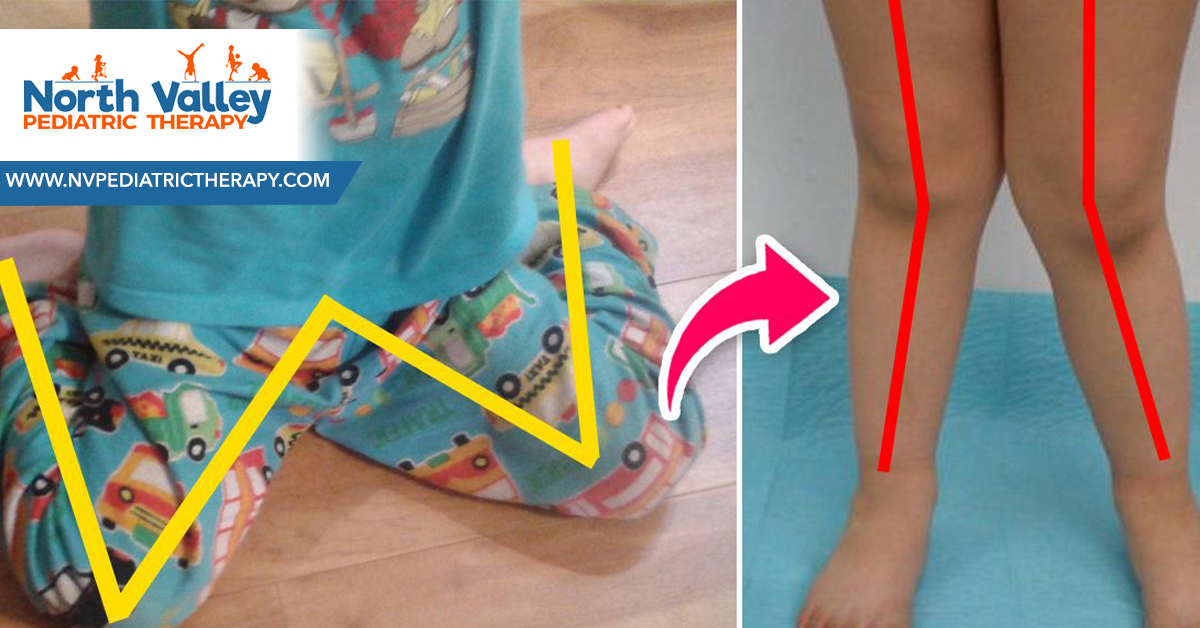What is w-sitting?
W-sitting is a type of sitting posture where both knees are bent so the feet are facing backward or out to the side, resting on either side of the hips.
- It gets its name by the legs forming the letter “w” when looking from above.

- This position is achieved by internally rotating the hips and bending the knees, creating a wide and stable base of support that is often used during floor play.
- W-sitting is often used by individuals with low tone, a weak core, and joint hypermobility.
- It typically is learned as a baby, particularly when crawling on hands and knees, as they will sit their hips back between their legs rather than transition over one leg into a side sitting and then ring sitting.
Why is w-sitting bad?
W-sitting is strategically used for its wide base of support that creates a sense of stability, reducing the need for the trunk to use core muscles to stabilize when sitting. That is why this sitting position is often used by children who already have weakness or low tone.
- Without regular activation of the core muscles, they grow weak over time and lose the endurance needed to sustain correct upright posture.
Due to spending a significant amount of time on the floor during early development, there is a relatively constant internal rotation force that is placed on the bones of the legs
- This causes rotation of the long bones over time, which can result in standing and walking with toes turned in.
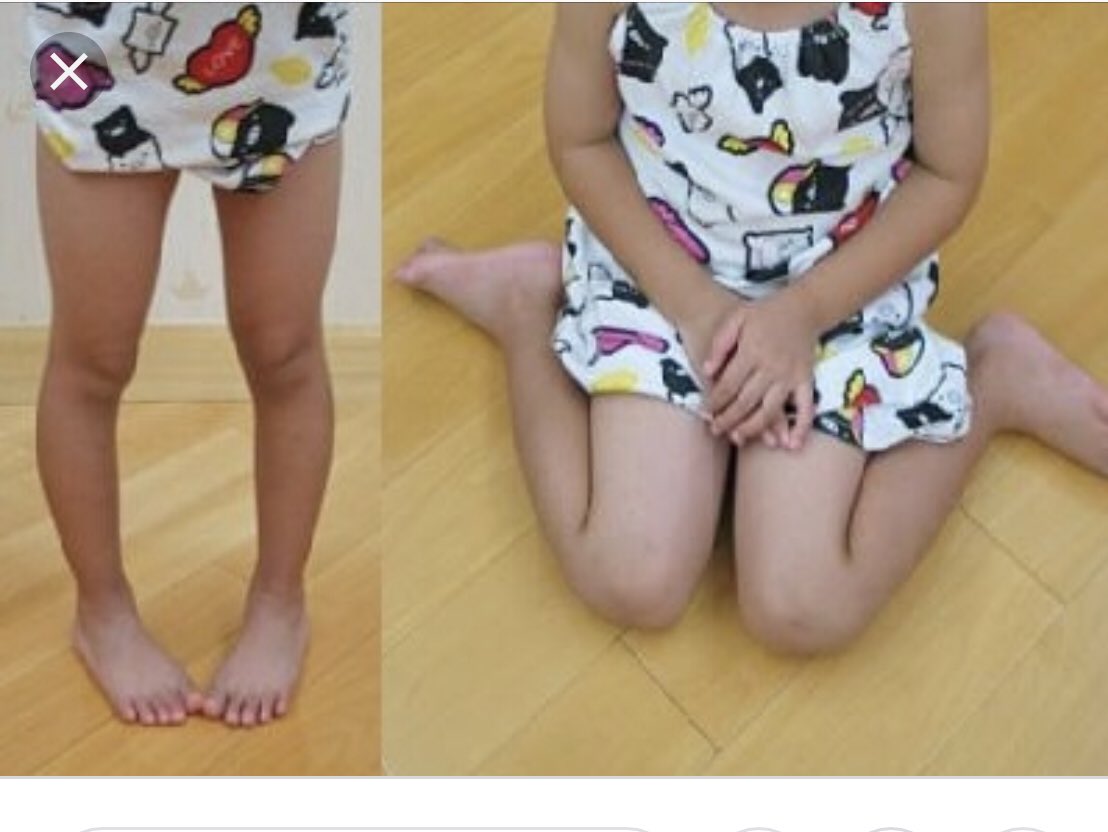
- Prolonged time in sitting also results in the knees being flexed for a prolonged period of time, causing hamstring tightness that secondarily affects posture and even gait. General hip tightness also occurs, further contributing to toeing in.
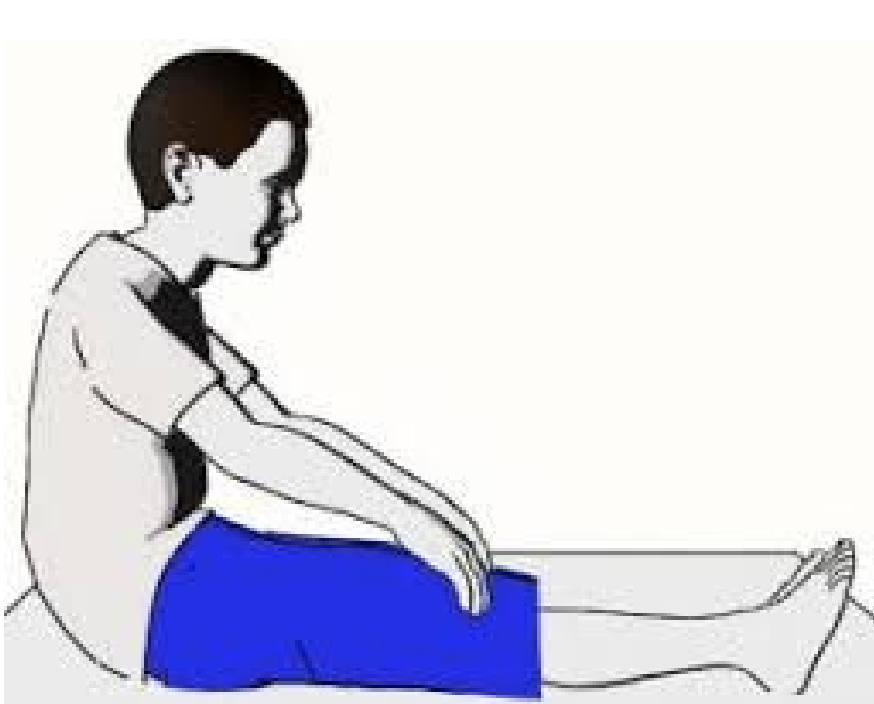
While the wide base of support makes it easier to sit due to requiring less core activation, it locks the pelvis in a posterior pelvic tilt, limiting the child’s ability to sit upright and rotate the trunk to allow their arms to cross the midline, which is essential for the development of bilateral coordination and fine motor skills.
- This also prevents weight shift from happening in a seated position (which is often used with reaching), reducing the child’s opportunities to develop proper balance reactions, righting reactions, and protective responses.
How do you correct w-sitting?
Use alternative sitting positions
- Tailor sitting (also known as criss-cross applesauce) is a type of sitting posture where both knees are bent so the feet are in front of the body, crossed at the ankles.
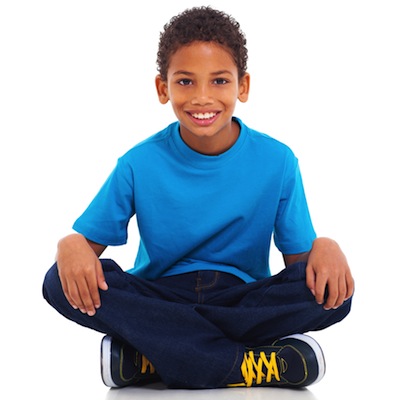
- Side sitting is a type of sitting posture where both knees are bent so both feet are on the same side of the body.
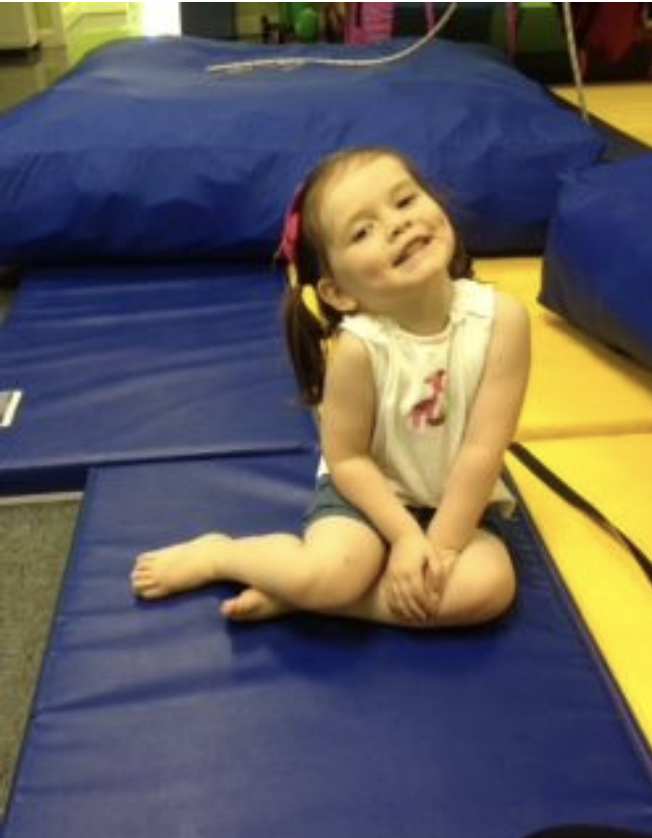
- Long sitting is a type of sitting posture where both knees are straight so both feet are in front of the body.
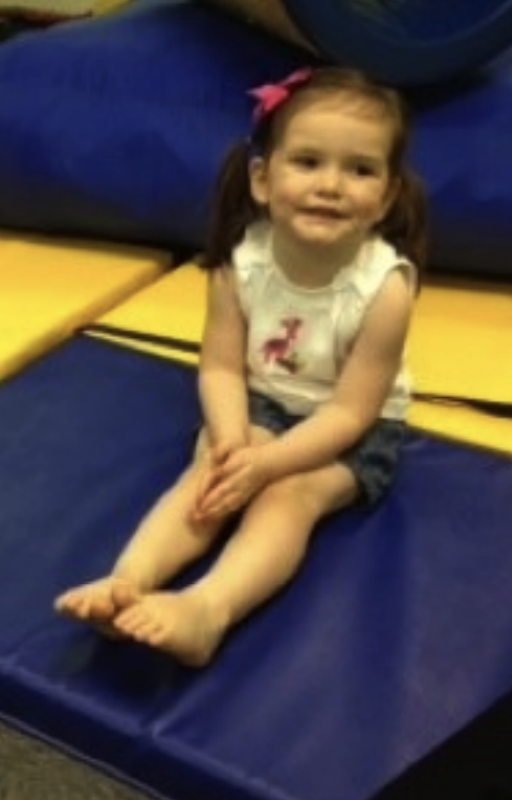
Strengthen the core
- Just keeping the child active will help strengthen their core, but also have the child engage in games like tug of war, or do exercises like sit-ups, supermans, or planks.
Verbally cue them to change the position of their legs
- Consistency is key to making a change, as w-sitting can quickly become a habit that is hard to break.
- It’s important to positively cue the child by telling them to sit “criss-cross applesauce” rather than saying something like “don’t sit like that”.
Stretch the hips
- Due to the legs being internally rotated with w-sitting, the hips get tight into this rotated position. So stretching the hips into external rotation, such as with the butterfly stretch, will allow for more hip flexibility needed for the proper sitting form.


Blog by:
Amy H. – DPT, PT
(Physical Therapist)

